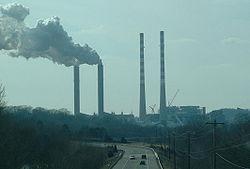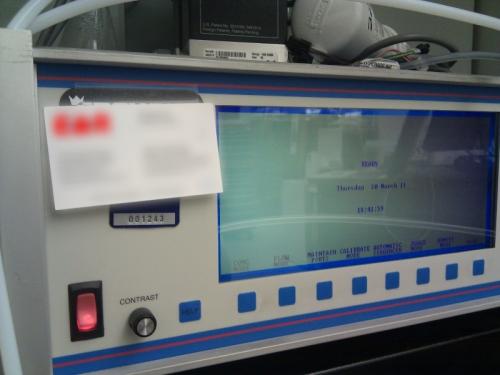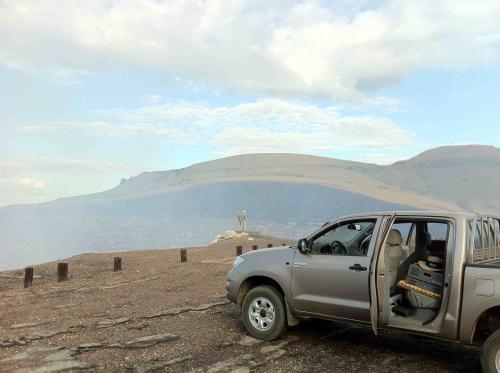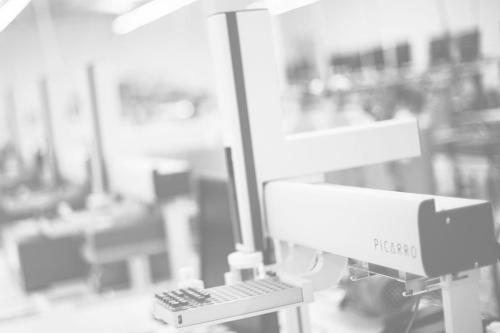Carbon Sequestration with Verification: Monitoring Carbon Capture and Sequestration Projects is Good Science, Good Value
In Europe and the in North America a variety of big carbon sequestration projects are taking shape. Futuregen, the huge next generation coal-fired power plant in Illinois (pictured here), would involve a massive sequestration effort with injection of CO2 deep into rock formations beneath the surface.




